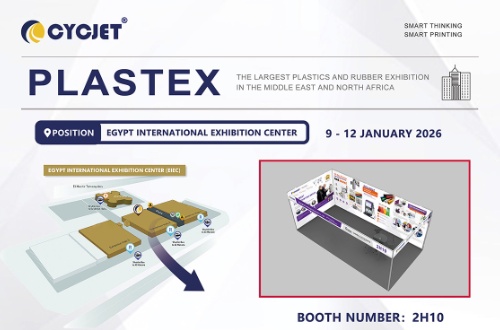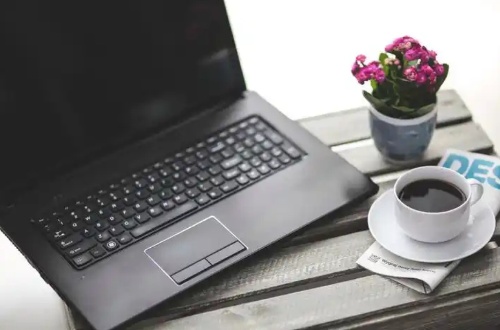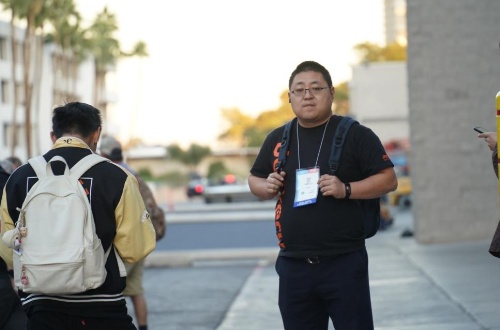Newest
Product summary of pdlc glass
 2020-10-13
2020-10-13
The pdlc glass was invented and patented by researchers at Kent State University in the late 1980s. In China, people are used to calling glass as smart electronically controlled glass, smart glass, liquid crystal glass, electronically controlled glass, color-changing glass, PDLC glass, smart glass, magic glass, etc.
Intelligent electronically controlled glass entered the domestic market in 2003. Due to the high price and the few people who know it, the development in China has been slow in the next ten years. In recent years, with the continuous rapid growth of the national economy, the domestic building materials market has developed rapidly. Due to the cost reduction of smart electronically controlled glass, it has gradually been accepted by the construction and design industries and has begun to be applied on a large scale. With the further reduction of costs and the market With the price reduction, pdlc glass has also begun to enter the field of home decoration applications. I believe that this practical high-tech product will enter thousands of households in the near future.
Intelligent electronically controlled glass is a laminated glass. A layer of liquid crystal film (commonly known as dimming film, liquid crystal film) is sandwiched between two layers of glass. The liquid crystal film is covered by EN film in the center. Use EN to use one-step oven high temperature forming. Considering the temperature resistance and pressure resistance of the liquid crystal film in the intelligent electronically controlled glass during the production process, it is not suitable for processing in high temperature autoclaves.

Detailed explanation of several processing and production methods of pdlc glass:
1. One-step vacuum forming method. The equipment structure is simple, but there are very few equipment that can actually make pdlc glass. The processing technology seems simple, but in the actual operation process, the temperature control accuracy is very high, and the waste phenomenon will be bubbles, open glue, and haze. Big. Because the production cost of glass is relatively high and cannot tolerate a processing waste rate of more than one percent, non-standard enterprises and enterprises whose technical capabilities cannot achieve precise control generally dare not use this method to produce glass. At present, there are very few domestic manufacturers who master the essence of "one-step" pdlc glass processing. But the glass products made by this method have a long service life and relatively stable performance.
2. Processing with autoclave. The former process of autoclave processing is actually similar to one-step processing, and the autoclave is used for high-pressure and high-temperature molding in the later stage. Autoclave processing can effectively avoid bubbles, open glue, etc., but the shortcomings are obvious. Since the pressure of the glass formed by the autoclave is twice as high as the one-step vacuum forming, the main interlayer material of glass will be caused by the large shrinkage rate. The conductive coating is broken or the resistivity is increased, which greatly shortens the performance and service life of the finished glass.
The equipment used for the autoclave forming method for pdlc glass must be dedicated, which is precisely suitable for the characteristics of glass. Unfortunately, currently very few domestic manufacturers are dedicated, most of which are mixed with conventional laminated glass. The frequent parameter adjustment of the autoclave can not guarantee the pdlc The parameter requirements of the glass are also easy to damage the equipment.
3. The water bath method is to immerse the sealed fixture in a water tank of 100 degrees, which is the most accurate and uniform temperature of various processing techniques, but the manufacturing of the fixture is very difficult, and currently only Japanese manufacturers use it.




